China's large State-owned energy companies are focusing on wind, solar and hydropower projects overseas at a time when energy forms the largest share of investments under the Belt and Road Initiative, with most of that money going into renewables, a senior official said.
After 10 years of development, these energy enterprises are charting a new course, setting up wind, solar and hydropower projects overseas to ride the wave of a cleaner, greener future, said Lu Ruquan, head of the China National Petroleum Corp Economics and Technology Research Institute.
These enterprises are playing a key role, and coming up with more renewable energy projects in countries and regions participating in the initiative, Lu said.
China National Petroleum Corp, the country's largest oil and gas producer, has set up wind power stations at its oilfields scattered across the world, and solar power stations along its Niger-Benin oil pipeline in Africa, he said.
Lu said new energy will grow by leaps and bounds in the next decade, helping China's technology and manufacturing capabilities to facilitate a faster global energy transition, which will also reshape the domestic and international businesses of traditional oil and gas companies such as CNPC.
China's overseas energy engagement in other Belt and Road countries in the first half of 2023 was the "greenest" in terms of project type since its start, according to a recently released report by the Green Finance and Development Center at Fudan University in Shanghai.
As much as 56 percent of China's $8.61 billion in construction and investment in the energy sector in other countries and regions participating in the BRI during the first half of last year went into renewable energy such as solar, wind and hydropower projects, it said.
In 2022, fossil fuels accounted for around 61 percent of energy engagement in those regions and countries, according to the report.
Lu said, in addition to renewable energy projects, CNPC has been embarking on several groundbreaking initiatives to integrate carbon capture, utilization and storage technologies into its oilfields, as the country sees vast potential in carbon dioxide-enhanced oil recovery.
It has also been stepping up the implementation of CO2 injection technology to extract crude from aging oilfields, also known as enhanced oil recovery, using its numerous empty and mature oil and gas reservoirs to transform them into a carbon storage hub.
According to the CNPC Research Institute of Safety and Environmental Technology, the number of CCUS projects in the pipeline in China has risen significantly in the past few years, as they are considered a crucial aspect of the decarbonization efforts in the oil and gas sector in China and worldwide.
CCUS has become a focus area for China's oil and gas companies, offering a significant opportunity for the country to achieve a carbon peak before 2030 and carbon neutrality before 2060, according to global consultancy Accenture.
Lu said CNPC has strategically expanded its reach, achieving significant milestones in international markets after 30 years of overseas development.
CNPC saw its overseas assets exceed 1 trillion yuan ($139.5 billion) last year and overseas revenue stand at 1.5 trillion yuan.
The company has played a pivotal role in securing national energy resources, with cumulative overseas imports of more than 1.3 billion metric tons of crude oil and over 700 billion cubic meters of natural gas.
This evolution signifies CNPC's transformation from a domestic oil entity to a global multinational powerhouse, solidifying its position in the international energy landscape, said Lu.
The company's proactive engagement in diverse markets underscores its commitment to becoming a key player in the global energy sector, contributing significantly to both domestic and international energy security, he said.








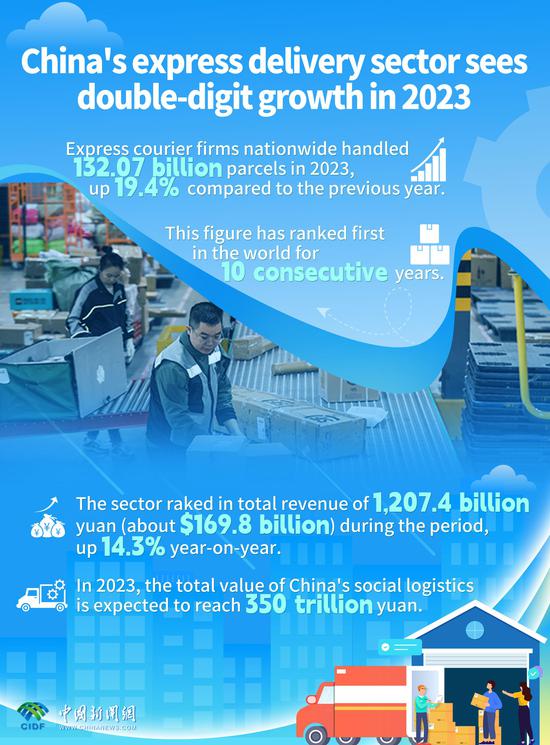
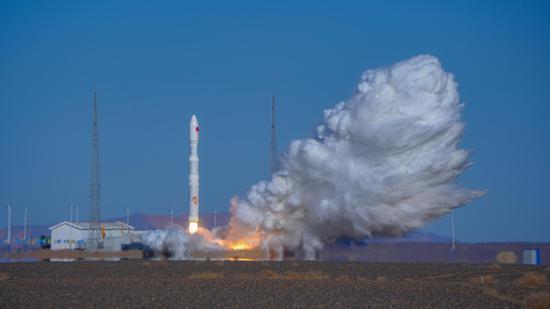



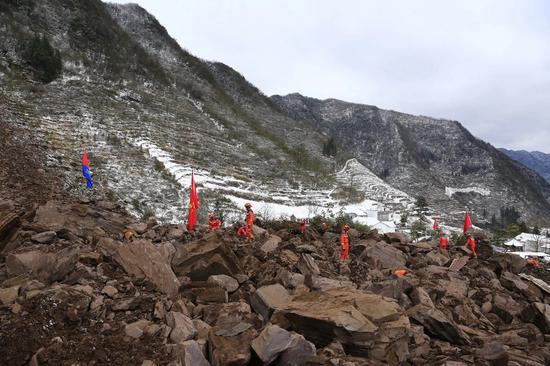
















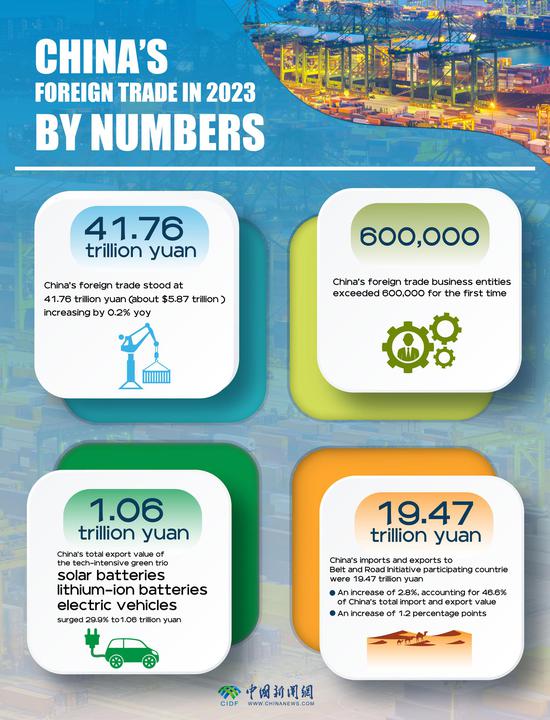









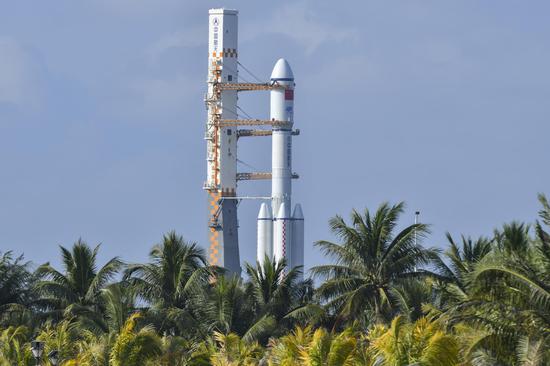









 京公网安备 11010202009201号
京公网安备 11010202009201号